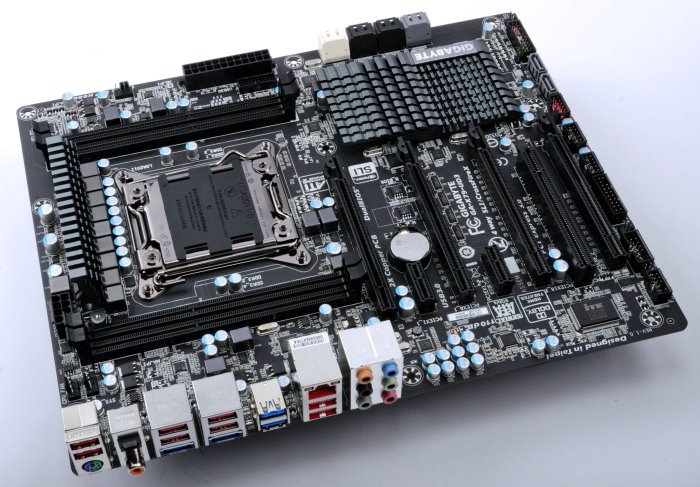A damaged motherboard probably means the end of your computer in most cases; therefore, people should always take precautions to ensure that the motherboard stays safe at all times. Remember, while the processor is the brain of the computer, the motherboard is the heart of everything. In our experience, most motherboards are robust and can take a hit, no problem. However, this does not mean that we can do what we want, since many aspects of the motherboard are fragile and need to be treated with care.
Today we’re going to discuss some of the things you can do to protect your motherboard, which in turn protects the components attached to it.
How to protect your computer’s motherboard
Protecting your motherboard should be a task of great importance, therefore we suggest you read this article to learn some tips to help you protect your computer motherboard. We also show you how to check for problems with your motherboard.
- Dust the fans
- Get a surge protector
- Look for short circuits
Let’s talk about it in more detail.
1]Dust the fans
Laptops and desktops are all equipped with fans for air circulation. However, it should not be forgotten that dust tends to enter these spaces, and when this happens, the air no longer circulates properly.
The best option is to thoroughly clean the ventilation outlets. If you can afford to separate the laptop, take a look at the fan and clean it too. The same goes if you have a desktop computer if you have one.
Once the vents are cleaned, we expect the heat to dissipate much better than before, which is a boon for your motherboard.
2]Get a surge protector
The motherboard houses the power supply and everything that keeps your computer running. If a power surge occurs, it is likely that the motherboard will suffer some form of damage and, therefore, will end the life of your computer.
Now the only option would be to replace the motherboard with a new one, and in extreme cases, the processor and the GPU as well.
If you want to learn how to protect your computer from power failures and power surges, read here to learn more.
3]Look for short circuits
You may not know it, but short circuits occur in computers, more on desktop computers than on laptops. So every time you buy a desktop computer or build your own, please check if the wires are properly wired.
Also, check if the motherboard comes into contact with exposed metal. Keep in mind that electricity goes through the motherboard every time it is turned on, which means that if an exposed metal touches the device, things could go haywire very quickly.
How to check for problems with your motherboard
Knowing if your motherboard is affected by a problem is not a simple matter, but we can guide you on the right path in the hope that you will find out.
1]Green light
Did you know that many motherboards come with a green light that can indicate if there are problems? All you have to do is turn on the power, or PSU for short, and check for a green light on the card. Otherwise, chances are something has gone wrong.
In some cases, the power supply may be the affected component, so check with a different power supply to make sure you’re on the right track.
In a situation where the green light is actually on, but you are still having problems, check the components such as the CPU, GPU and others. From there, start the computer and try to start the BIOS.
Now, if you are still facing a dilemma, we suggest you check the CMOS battery on the motherboard. If you have an old motherboard, the battery may need to be replaced. In some cases, you may even need to buy a new motherboard.
2]Beep
The motherboards are smart because all come with an integrated self-diagnostic tool. In the event of an error, the motherboard will relay a series of beeps. In order to understand what they mean, please visit the manufacturer’s website for further understanding.
I hope this helps you!

